Converting the nation’s 40 million acres of ethanol corn farms into solar-plus-food facilities would generate 1.5 times our nation’s electricity needs, while also powering a 100% electrified passenger vehicle fleet.




You can see the galaxies warping in three dimensions.
— The best Hubble Space Telescope images of all time! — Hubble eyes two stunning galaxies before future James Webb Space Telescope observations — Distant galaxies appear to overlap in new Hubble telescope image
It’s also fortunate that the instrument took this image in visible light. Both IC 1,559 and NGC 169 have active galactic nuclei (AGN), meaning their cores are “monumentally energetic,” per NASA. In other words, they have supermassive black holes expelling vast quantities of energy in the full range of the electromagnetic spectrum.
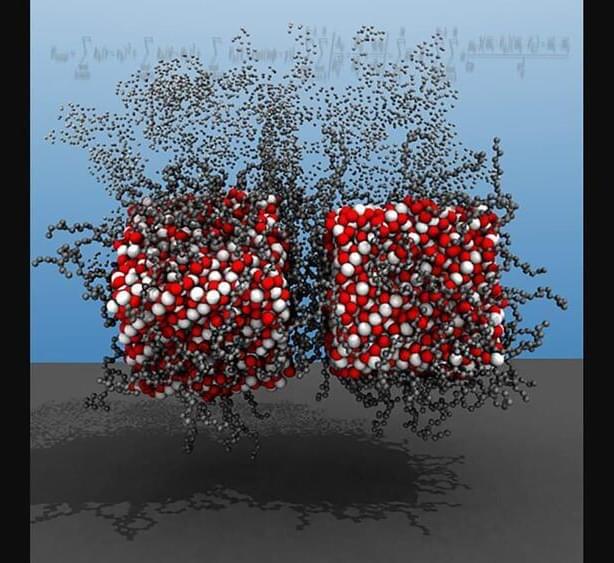
Researchers at North Carolina State University have developed a new computational tool that allows users to conduct simulations of multi-functional magnetic nanoparticles in unprecedented detail. The advance paves the way for new work aimed at developing magnetic nanoparticles for use in applications from drug delivery to sensor technologies.
“Self-assembling magnetic nanoparticles, or MNPs, have a lot of desirable properties,” says Yaroslava Yingling, corresponding author of a paper on the work and a Distinguished Professor of Materials Science and Engineering at NC State. “But it has been challenging to study them, because computational models have struggled to account for all of the forces that can influence these materials. MNPs are subject to a complicated interplay between external magnetic fields and van der Waals, electrostatic, dipolar, steric, and hydrodynamic interactions.”
Many applications of MNPs require an understanding of how the nanoparticles will behave in complex environments, such as using MNPs to deliver a specific protein or drug molecule to a targeted cancer affected cell using external magnetic fields. In these cases, it is important to be able to accurately model how MNPs will respond to different chemical environments. Previous computational modeling techniques that looked at MNPs were unable to account for all of the chemical interactions MNPs experience in a given colloidal or biological environment, instead focusing primarily on physical interactions.
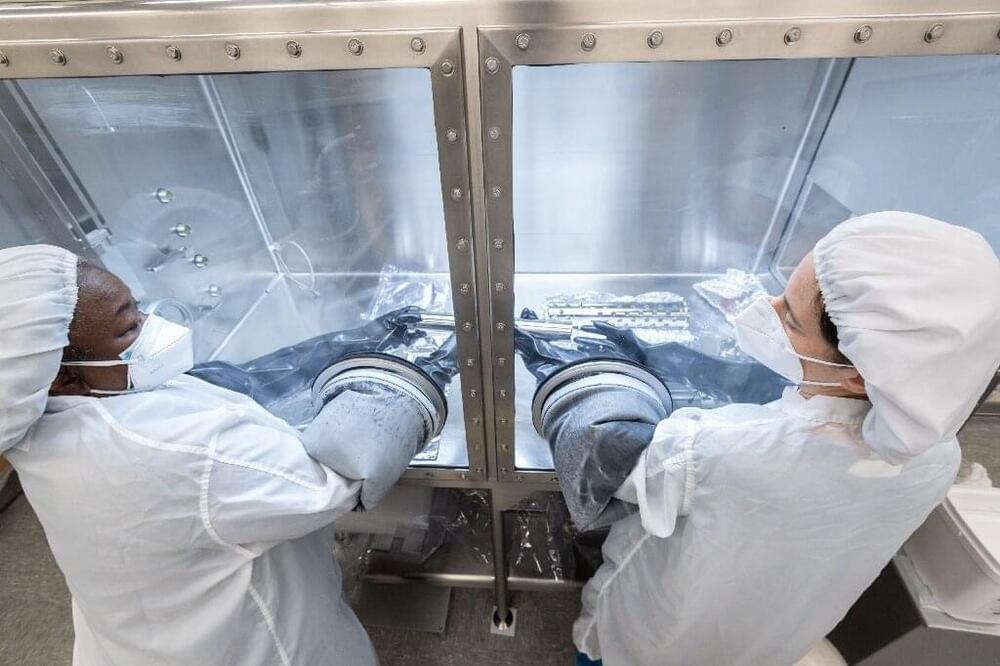
The Apollo missions to the Moon brought a total of 2,196 rock samples to Earth. But NASA has only just started opening one of the last ones, collected 50 years ago.
For all that time, some tubes were kept sealed so that they could be studied years later, with the help of the latest technical breakthroughs.
NASA knew “science and technology would evolve and allow scientists to study the material in new ways to address new questions in the future,” Lori Glaze, director of the Planetary Science Division at NASA Headquarters, said in a statement.
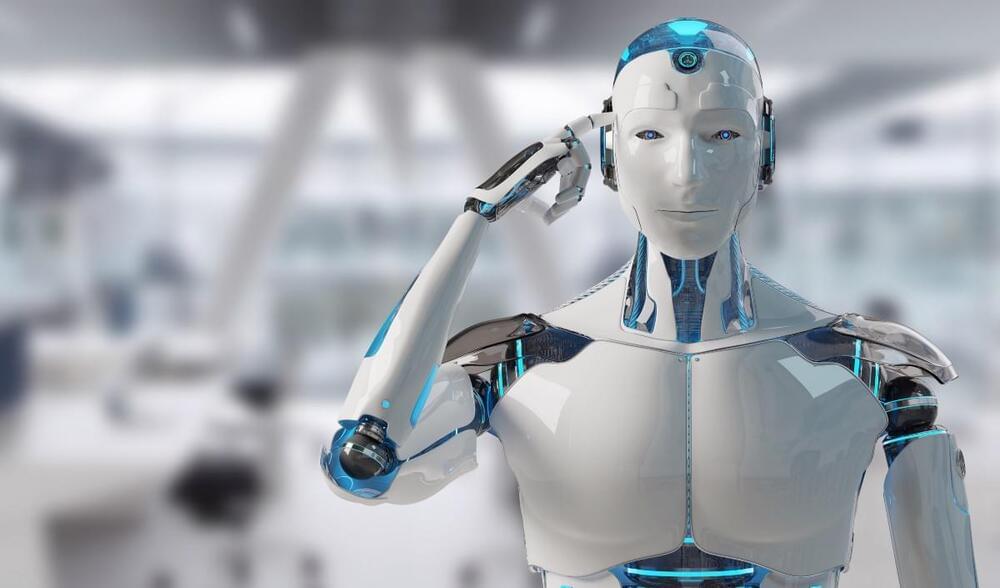
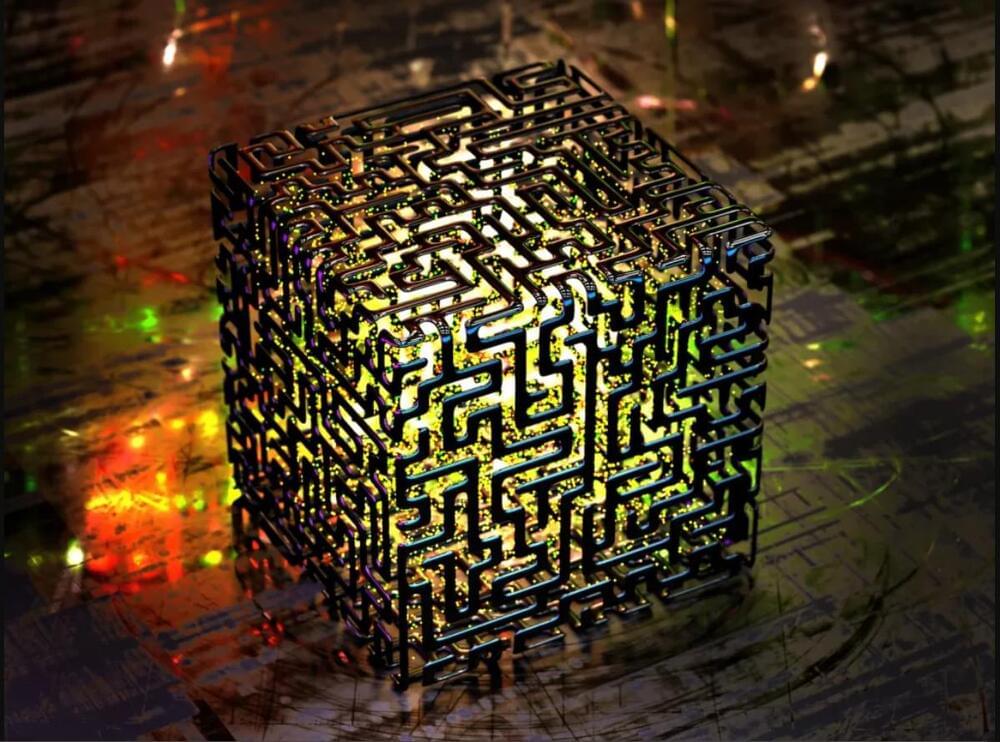
What if you could travel to the country of your choice in just 1 click? If that was possible, your train of thought would be, Let’s go to Switzerland, no Iceland…you know what, let’s go everywhere. Teleportation is a common part of science fiction characters but is it achievable?
The pandemic has been hard on us and forced us to step out only when it is absolutely necessary. But you know what, Teleportation can be the perfect thing for you. And Earth is not the limit, you can put on a suit and some oxygen cylinder and you can just teleport to the moon…Elon Musk, you there?😃
But as far as we know, everyone told us while watching science fiction, this is not possible but you know what they are not entirely correct.

Artificial intelligence is making its significance in most of the major sectors these days. The top AI startups are making a buzz in the market that has the potential to revolutionize the world. There are thousands of AI startups available today and this blog will share some of the most promising AI Startups that are making waves in the AI technology field.
Before jumping into sharing about these startups, let’s understand what area of field AI is contributing to. Mentioned below are some of the major fields where AI is contributing and bringing a change.
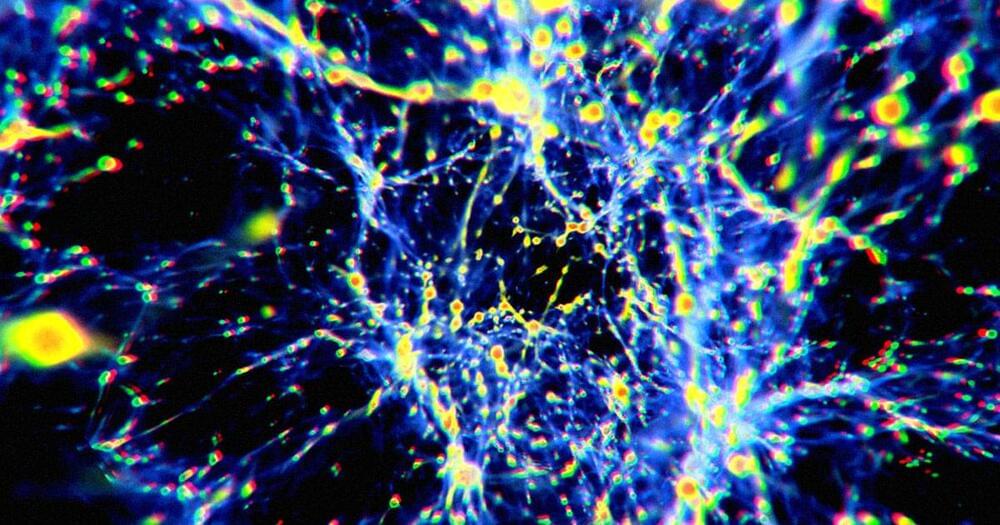
Two scientists as different as could be — one a bookish astrophysicist who formerly served as NASA’s chief scientist, the other a charismatic mathematician who moonlights as a painter — have teamed up to unlock the secrets of dark matter.
From his Washington, DC office at NASA headquarters, Dr. Jim Green admitted that although he retired as NASA’s top scientist in January, he was already back as a consultant. He told Futurism the story of meeting up with his friend, Yeshiva University mathematician Ed Belbruno, when the latter invited the former to speak at the University of Augsburg in Germany.
Over lunch, they got to talking about the Pioneer Anomaly, the astrophysics-speak term for the bizarre slowing down effect witnessed by Pioneers 10 and 11. One thing led to another, and the pair soon found themselves with a long shot concept for an “Interstellar Probe” mission that they say could gather unprecedented data about dark matter and its place in the cosmos.
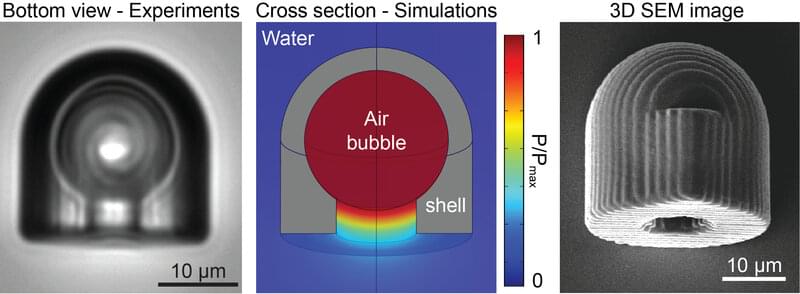
Researchers at the Max Planck Institute for Intelligent Systems in Stuttgart have designed and fabricated an untethered microrobot that can slip along either a flat or curved surface in a liquid when exposed to ultrasound waves. Its propulsion force is two to three orders of magnitude stronger than the propulsion force of natural microorganisms such as bacteria or algae. Additionally, it can transport cargo while swimming. The acoustically propelled robot hence has significant potential to revolutionize the future minimally invasive treatment of patients.
Stuttgart—Researchers at the Max Planck Institute for Intelligent Systems (MPI-IS) in Stuttgart developed a bullet-shaped, synthetic miniature robot with a diameter of 25 micrometers, which is acoustically propelled forward—a speeding bullet, in the truest sense of the word. Less than the diameter of a human hair in size, never before has such an actuated microrobot reached this speed. Its smart design is so efficient it even outperforms the swimming capabilities of natural microorganisms.
The scientists designed the 3D-printed polymer microrobot with a spherical cavity and a small tube-like nozzle towards the bottom (see figure 1). Surrounded by liquid such as water, the cavity traps a spherical air bubble. Once the robot is exposed to acoustic waves of around 330 kHz, the air bubble pulsates, pushing the liquid inside the tube towards the back end of the microrobot. The liquid’s movement then propels the bullet forward quite vigorously at up to 90 body lengths per second. That is a thrust force two to three orders of magnitude stronger than those of natural microorganisms such as algae or bacteria. Both are among the most efficient microswimmers in nature, optimized by evolution.